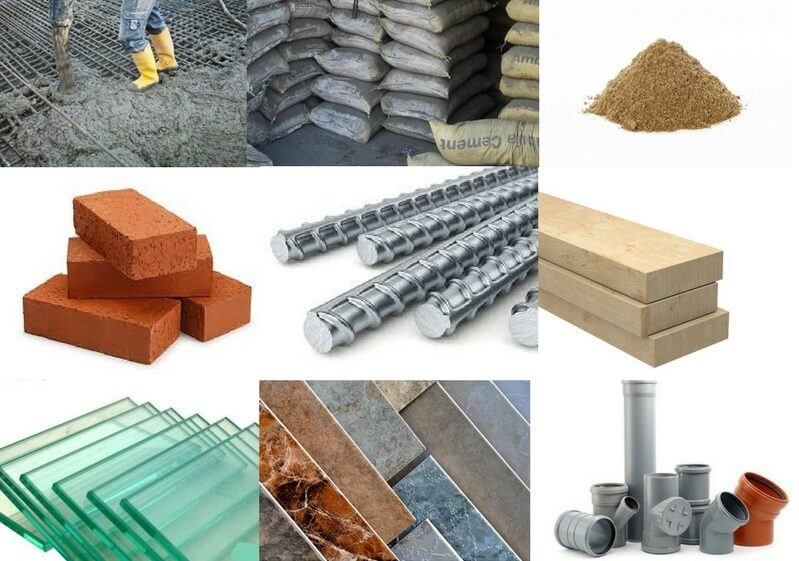In the realm of construction, steel has emerged as a vital material due to its exceptional strength, durability, and versatility. Among the various types of steel used in construction, high-strength steel stands out for its superior mechanical properties and its ability to withstand heavy loads and extreme conditions. This article delves into the world of high-strength steel, exploring its composition, applications, and the benefits it brings to the construction industry.
- Understanding High-Strength Steel:
High-strength steel, also known as HSS, is a type of steel that exhibits significantly higher strength and toughness compared to conventional steel. It is typically manufactured through advanced alloying techniques and precise heat treatment processes. The resulting steel possesses enhanced yield strength, tensile strength, and impact resistance, making it ideal for demanding construction applications. - Applications in Construction:
High-strength steel finds extensive use in various construction projects, ranging from high-rise buildings and bridges to offshore structures and industrial facilities. Its exceptional load-bearing capacity allows for the design of lighter and more slender structures, reducing material consumption and construction costs. Additionally, HSS enables the construction of longer spans and taller buildings, pushing the boundaries of architectural possibilities. - Advantages of High-Strength Steel:
3.1 Enhanced Structural Performance:
The high strength-to-weight ratio of HSS allows for the creation of more efficient structures that can withstand greater loads. This not only improves the safety and reliability of buildings but also offers architects and engineers greater design flexibility.
3.2 Sustainability and Cost-effectiveness:
By utilizing high-strength steel, construction projects can achieve significant reductions in material usage, leading to lower environmental impact and reduced costs. The lighter weight of HSS components also facilitates easier transportation and installation, streamlining construction processes.
3.3 Resistance to Extreme Conditions:
High-strength steel exhibits excellent resistance to corrosion, fire, and seismic forces, ensuring the longevity and durability of structures in harsh environments. This makes it an ideal choice for projects located in coastal areas, earthquake-prone regions, or areas with high temperature variations.
- Ongoing Research and Innovations:
The construction industry is continuously exploring new ways to enhance the performance of high-strength steel. Researchers are investigating innovative alloy compositions, advanced manufacturing techniques, and improved structural design methodologies to further optimize the properties and applications of HSS. These advancements promise even greater possibilities for the future of construction.
Conclusion:
High-strength steel has revolutionized the construction industry, enabling the creation of safer, more efficient, and aesthetically pleasing structures. Its exceptional mechanical properties, coupled with its sustainability and cost-effectiveness, make it a preferred choice for architects, engineers, and contractors worldwide. As research and innovation continue to push the boundaries of high-strength steel, we can expect further advancements that will shape the future of construction.


More Stories
Key Technical Features and Performance Indicators of a Gypsum Mortar Production Equipment Weighing System
Building Facilities Construction
5 Creative Uses for Single Wire Hooks in Everyday Life